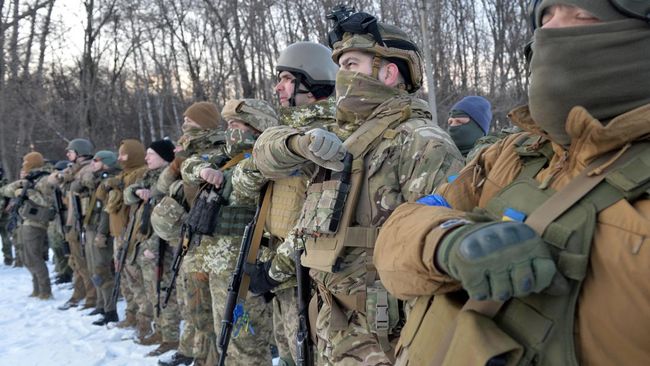
STRATEGIC ASSESSMENT. Over the past few years, the number of attacks carried out in the United States attributable to domestic-based extremists, including white supremacy extremists, has significantly outpaced attacks attributable to individuals inspired by the so-called Islamic State or al-Qaeda. The Pittsburgh Tree of Life Synagogue and El Paso attacks carried out by white supremacy extremists are two recent high profile examples of the growing threat that has targeted Jews and immigrants.
At the end of 2019 in Jersey City, New Jersey, and in Monsey, New York, two attacks, carried out by individuals motivated by the Black Israelite movement, directly targeting Jewish communities resulted in deaths and causalities. In 2020, the threat continues and in New York and New Jersey, anti-Semitic acts of vandalism and intimidation have risen sharply. As a result of the growing threat, the city of New York created a special unit within the New York City Police Department designed to counter racially and ethnically motivated terrorists.
The threat posed by white supremacists extends throughout the United States. In August 2017, Charlottesville, Virginia, was the scene of the ‘Unite the Right’ rally that attracted a wide array of far-right extremists and counter-protesters. It was in Charlottesville that the growth and spreading influence of the white supremacy extremist movement became more publicly apparent. Once again, the state of Virginia has found itself at the center of the storm, as a mix of white supremacy extremists and pro-gun rights enthusiasts rallied at the Virginia State Capitol in Richmond. As a result of intelligence collected and analyzed by Virginia law enforcement, Governor Ralph Northam declared a state of emergency.
The severity of the threat to Richmond crystalized when the U.S. Department of Justice arrested several individuals associated with the white supremacist group known as ‘the Base’ in the lead up to yesterday’s event. Three men were arrested in Maryland; three more in Georgia; and a lone individual was arrested in Wisconsin, accused by the Federal Bureau of Investigation with plotting to commit murder and planning to overthrow the government.
On January 16 the U.S. Department of Justice announced the arrests of Base members Brian Mark Lemley, Jr., William Garfield Bilbrough IV, and Canadian national Patrik Mathews. The three individuals were charged with numerous firearm offenses and the intent to commit a felony. The men fabricated a machine gun and were believed to be planning to attend the January 20, 2020 rally in Richmond, Virginia. The profiles of the three individuals are indicative of the skills that white supremacist groups hope to attract into their fold.
Lemley served as a cavalry scout in the United States Army and Patrik Mathews was a combat engineer in the Canadian Army Reserves. Prior to Lemley and Mathews’ arrest, Jarrett Smith, a member of the U.S. Army stationed at Fort Riley was arrested in September 2019 for expressing an interest in carrying out an attack targeting a news network and ‘left wing groups.’ Smith also expressed an interest in fighting with the Ukraine-based Azov Battalion. Bilbrough IV also expressed an interest in traveling to Ukraine to fight with ‘nationalists’ and lauded the actions of al-Qaeda (which means the Base in Arabic). The Georgia trio were allegedly plotting to murder members of Antifa, a far-left group that often clashes with white supremacy extremists.

The Base, like the neo-Nazi Atomwaffen Division, has successfully recruited individuals with military experience. The group is likely a small insular organization that, according to literature disseminated in hard copy form via pamphlets and online, is intent on accelerating the creation of a white ethno-state by provoking a race war. The Base has touted its international presence as well and the Bilbrough indictment makes clear the group intends to develop links with like-minded organizations overseas.
The Base uses an array of communication tools to recruit, organize, and plot attacks. According to the U.S. Department of Justice, the trio arrested used encrypted online applications and chat rooms to communicate. The organization also maintains a more overt and public-facing communications presence since its members have used BitChute and Twitter. The recent indictment makes clear that several of the organization’s members had both a capability and intent to do harm. 2020 will likely witness more white supremacist arrests and possibly high profile attacks as law enforcement agencies work assiduously to counter the growing threat posed by these groups and their supporters (TSC).





